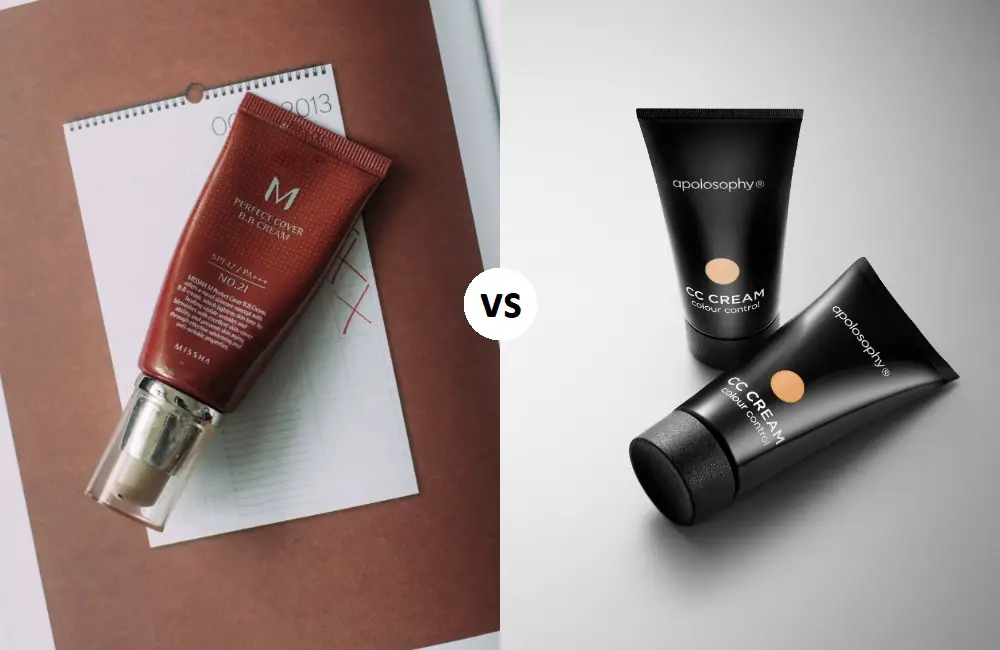Fiancé Vs. Fiancée: What Are The Main Differences?
You’re so happy your girlfriend agreed to marry you and you can now proudly present her as “my fiancé” wherever you go! What if we told you that you are wrong and that is not the correct way to refer to your future wife, as there’s a big difference between fiancé and fiancée?
These words are often confusing for English speakers, and many use them wrongly, especially since they’re spelled so similarly and generally pronounced the same. Let’s take a closer look at both terms and see why you cannot use them interchangeably.
Fiancé

Fiancé is a word borrowed from the French language somewhere around the 19th century, but its origins are way in the glory days of the Roman Empire, in the Latin word “fidere” – which means “to trust” in English. So what does it mean now and why can’t you call your future wife “your fiancé?”
Fiancé refers to males, denoting a man who is betrothed or engaged to be married. The word isn’t generally used as a standalone, but in relation to the woman the man is engaged to. For example:
Jane’s fiancé helped her write an excellent résumé.
Christine was very sad her fiancé couldn’t accompany her.
Fiancée

Fiancée is the feminine form of the noun, referring to a woman soon to be married. Why is it spelled differently? Because, unlike the English language, in the French language there are different notations for female and male objects.
All nouns in French have a “gender” attributed to them, and so we “inherited” both the masculine and feminine forms when we adopted the French term. It is very similar to “blond” vs. “blonde”; two words of the same origin that are often used wrongly.
To make it easier for you to remember when you should use which, you could use a little trick. Fiancée has two “e”-s, just like the word “female”, while its masculine counterpart has only one “e”, just like “male”.
Or, if you’re more into science, how about we use genetics? You can link the two 2 “e”-s in fiancée to the number of X chromosomes in women (XX), while males, which have only one X chromosome (XY), will get only one “e”.
Recommended for You:
The Differences between Fiancée and Fiancé
By now, the difference between fiancé and fiancée should be crystal clear, but let’s recap to make sure there will be no problem remembering it. The table below will show all the tell-tale signs to help you get a better picture of both terms.
Fiancé |
Fiancée |
|
|
|
|
|
|
So, what do you think? Isn’t it easier now to tell the difference between fiancée and fiancé and know when to use which? Subscribe to get answers to common dilemmas straight to your inbox!






